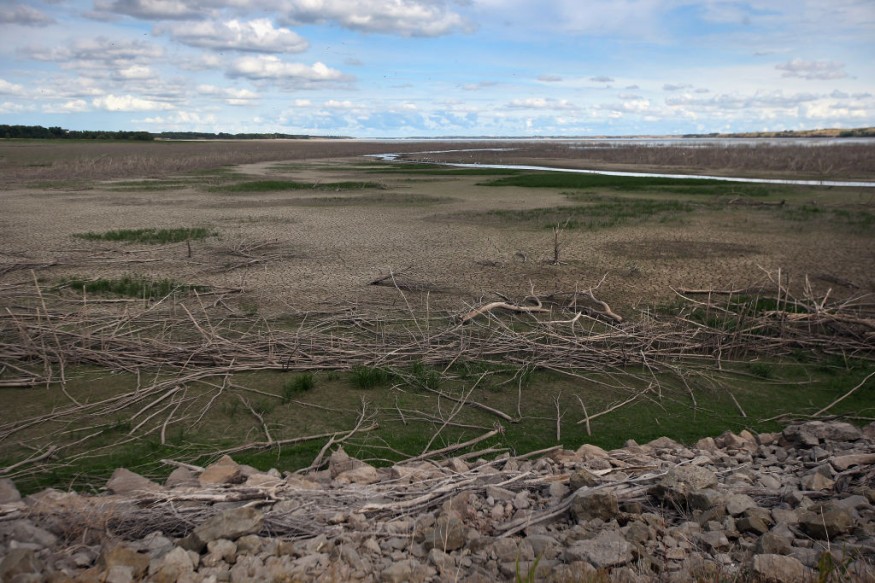
Fast moving droughts are developing more quickly as climate change pushes temperatures to new extremes in the US. In states like Oklahoma where the month of September is typically a rainy season, many were appalled that their third-wettest month brought moderate to extreme drought conditions.
A new study explains that this event when dry weather is coming on more quickly with less to no warning is called 'flash drought', and it has descended in the Midwest, Grist reports. Nearly three-quarters of the state began experiencing this in just three weeks - but these dry periods can actually materialize in as quickly as five days.
According to the U.S. Drought Monitor, more than 73% of Oklahoma was experiencing drought conditions by the end of September, a 67% increase since the end of August and the state's highest percentage since Feb. 20, 2018. This is the 17th warmest and driest September in Oklahoma since records began in 1895.
Flash Droughts in Oklahoma
Last year, drought exploded so fast across Oklahoma. Jonathan Conder, a meteorologist for a local news station in Oklahoma City, said it was "huge" for the state. "Our agricultural community, the farmers who plant wheat, they may not even be able to plant if they don't get two inches of rain," he said in a KOCO News broadcast.
While the threshold for drought conditions differs by location, it was able to be monitored using data on soil moisture, streamflow, and precipitation to categorize them by severity. Typical droughts usually develop over months as precipitation gradually declines, while flash droughts have steeper drop in rainfall, particularly during a season that normally rains. Climate change is also a primary driver that quickly dries out the soil as it brings along high temperatures and fast winds.
As a result, crops are withered and seeds don't sprout, delaying the harvest for local farmers.
It's Coming on Faster and Faster
Unfortunately, it has become more and more difficult to predict flash droughts and has become more damaging. In a recent study published in Nature Communications, scientists at the University of Texas and Hong Kong Polytechnic University found that the percentage of flash droughts developing in under a week increased by more than 20 percent in the Central United States, in the last 20 years.
"There should be more attention paid to this phenomenon," said co-author Zong-Liang Yang, also a geosciences professor at the University of Texas, noting that it is important to implement these findings into agricultural management.
Crops primarily affected by climate-induced temperatures and shifting rainfall patterns are corn, wheat, and soybeans. However, "flash droughts are a relatively new area of research," Yang said, "with the term gaining usage only in the last couple of decades."
Scientists warn that it is only a matter of time that this can be felt across the U.S., although it has already quite started. For instance, a flash drought that struck the Central U.S. in the middle of the growing season in 2012 caused an estimated $31.2 billion in crop losses.
Related article : Global Wheat Crops are in Danger Due to Extreme Weather Conditions
© 2025 NatureWorldNews.com All rights reserved. Do not reproduce without permission.





